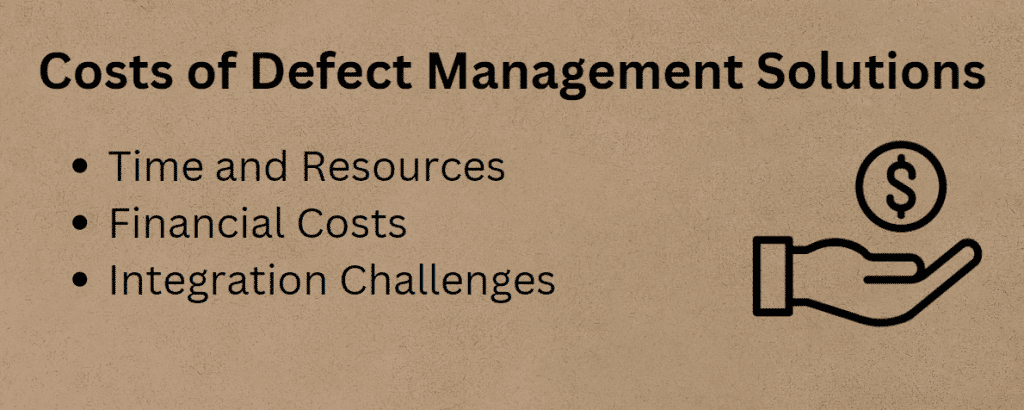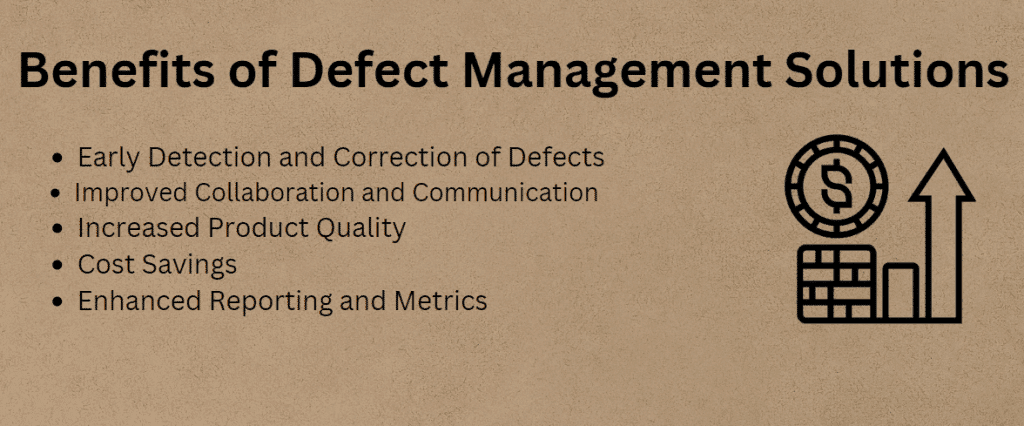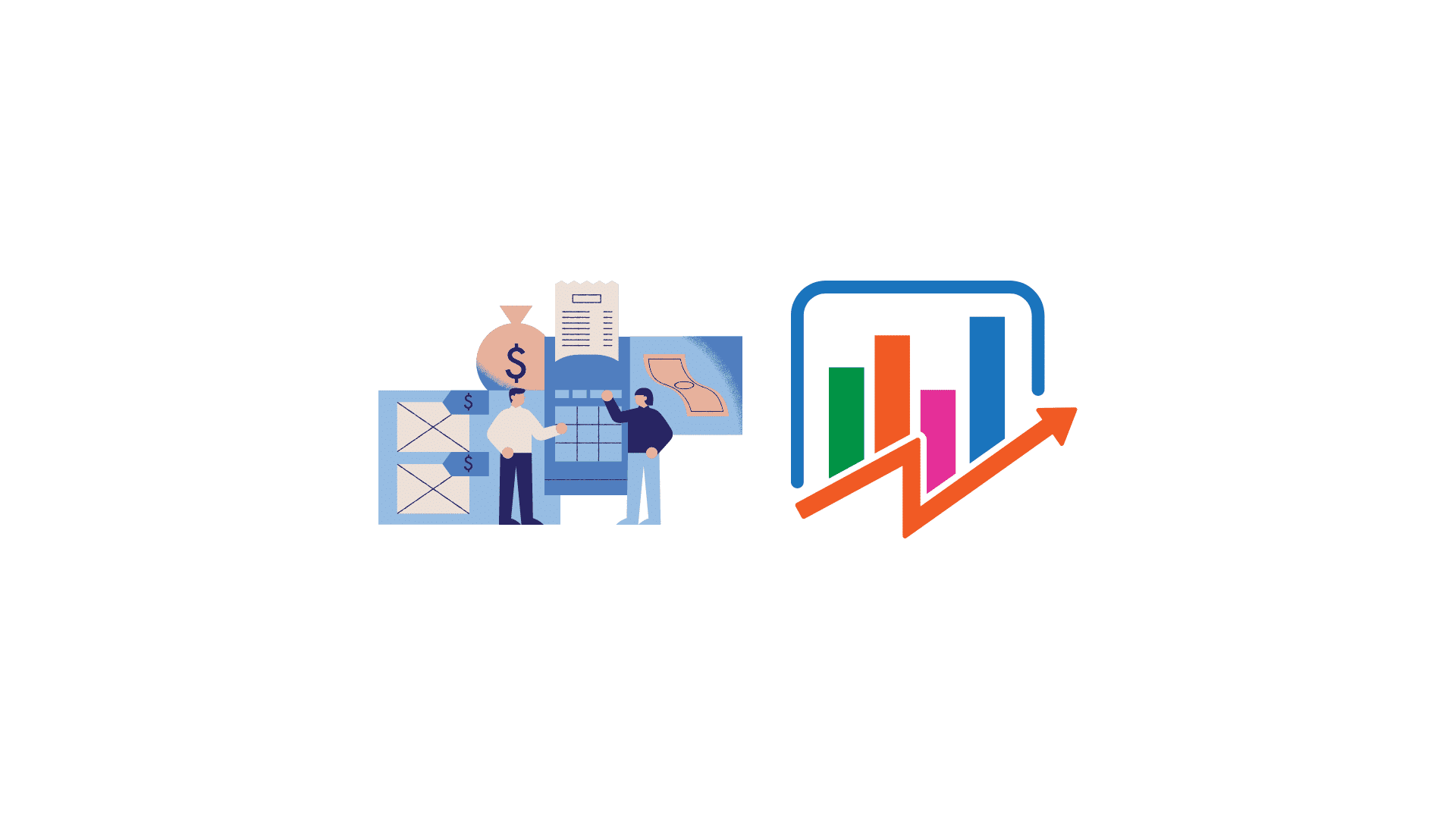In software development, defects are bound to occur at some point. They can come in various forms, ranging from coding errors to functional defects that can cause the software to crash or malfunction. Defects in software can result in several negative consequences, such as increased development time and cost, reduced user satisfaction, and potentially damage to a company’s reputation. Therefore, it is essential for software development teams to implement defect management solutions to identify, track, and resolve defects efficiently. In this article, we will discuss the costs and benefits of defect management solutions, enabling you to make informed decisions regarding their implementation.
Costs of Defect Management Solutions

- Time and Resources: Implementing such a solution requires a significant amount of time and resources. Teams must spend time setting up the solution, configuring it, and ensuring that it integrates with the existing software development environment. Additionally, personnel must be trained to use the solution effectively, which can be time-consuming.
- Financial Costs: Defect management solutions are not free, and depending on the solution’s size and complexity, costs can vary significantly. Companies need to be prepared to invest in the software and hardware required to implement the solution. There may also be ongoing maintenance and support costs, such as licensing fees and costs for updates or upgrades.
- Integration Challenges: They must integrate seamlessly with existing development environments. This integration can be challenging, and teams may need to modify their current processes to work with the new solution. Integration challenges can lead to additional costs, delays, and issues.
Benefits of Defect Management Solutions

- Early Detection and Correction of Defects: Implementing a defect management solution can help identify defects early in the development cycle. This is important as detecting defects later in the cycle can result in increased time and costs. Early detection enables teams to correct defects promptly, reducing the time and effort required to resolve them.
- Improved Collaboration and Communication: A centralized platform is provided where teams can work together to resolve issues effectively. Teams can interact and communicate in real-time, ensuring that issues are resolved quickly and efficiently. This leads to better communication and teamwork, which is crucial for the success of any development project.
- Increased Product Quality: There is an improvement in the product quality by reducing the number of defects that make it to production. The solution can help identify defects early in the cycle, reducing the likelihood that they will be released to production. This, in turn, results in improved product quality, increased user satisfaction, and fewer support calls.
- Cost Savings: Implementing a defect management solution can result in cost savings over the long term. By identifying and correcting defects early in the cycle, teams can reduce the time and effort required to resolve issues. This, in turn, can result in reduced time to develop the software, reduced costs of development, and improved product quality. In addition, a defect management solution can help reduce the costs associated with supporting and maintaining software post-release.
- Enhanced Reporting and Metrics: Defect management solutions provide a wealth of data that can be used to measure and track the effectiveness of software development processes. Teams can use this data to recognize areas for improvement, measure progress, and make data-driven decisions. This helps teams optimize their processes, resulting in improved efficiency, better product quality, and increased user satisfaction.
An aspect to consider when evaluating the costs and benefits of defect management solutions is the type of software development project being worked on. For example, a small development team working on a simple project may not require an extensive defect management solution, as the costs may outweigh the benefits.
On the other hand, larger teams working on complex projects with a high level of interdependency between different components may benefit significantly from implementing a defect management solution. It is crucial to consider the scope and complexity of the project, the number of developers involved, the budget, and the expected timeframe when evaluating whether a defect management solution is necessary and feasible. By carefully evaluating these factors, development teams can make an informed decision regarding the implementation of a defect management solution that best fits their needs.
Another important factor to consider when evaluating the costs and benefits of defect management solutions is the impact of defects on end-users. In today’s fast-paced and competitive software development environment, users have high expectations for quality, reliability, and usability.
Defects can result in negative user experiences, dissatisfaction, and lost business. Therefore, it is critical to consider the impact of defects on end-users when evaluating the benefits of implementing a defect management solution.
By identifying and addressing defects early in the development cycle, teams can improve the end-user experience, resulting in increased user satisfaction, loyalty, and potentially new business opportunities. This can be a significant benefit for companies looking to differentiate themselves from their competitors and build long-term customer relationships. Therefore, when evaluating the costs and benefits of a defect management solution, it is essential to consider the impact of defects on end-users and the potential benefits of improving the end-user experience.
Conclusion
Implementing a defect management solution can provide several benefits, including early detection and correction of defects, improved collaboration and communication, increased product quality, cost savings, and enhanced reporting and metrics.
However, it is essential to consider the costs associated with implementing a defect management solution, including time and resource requirements, financial costs, and integration challenges. In the end, the decision to implement a defect management solution should be based on a careful evaluation of the costs and benefits, the size and complexity of the solution.


























